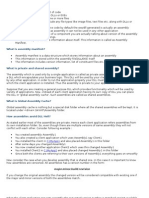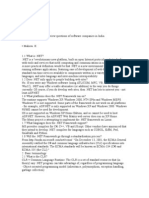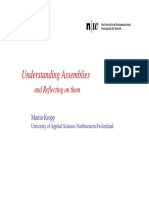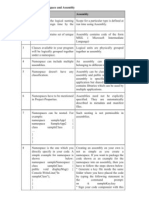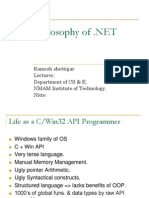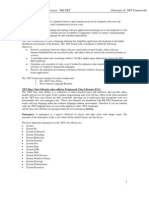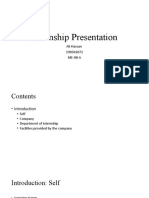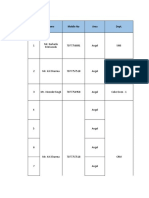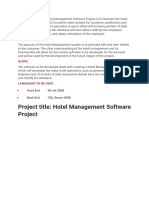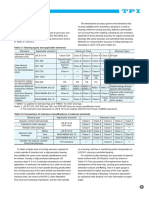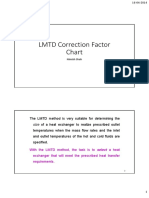0% found this document useful (0 votes)
76 views46 pagesC# .NET Assemblies & Deployment
The document discusses .NET assemblies, including how to create and deploy single-file and multi-file assemblies. It covers private and shared assemblies, and how to configure assembly probing and binding. It also provides an overview of type reflection and attribute-based programming in .NET.
Uploaded by
Miguel DíazCopyright
© © All Rights Reserved
We take content rights seriously. If you suspect this is your content, claim it here.
Available Formats
Download as PDF, TXT or read online on Scribd
0% found this document useful (0 votes)
76 views46 pagesC# .NET Assemblies & Deployment
The document discusses .NET assemblies, including how to create and deploy single-file and multi-file assemblies. It covers private and shared assemblies, and how to configure assembly probing and binding. It also provides an overview of type reflection and attribute-based programming in .NET.
Uploaded by
Miguel DíazCopyright
© © All Rights Reserved
We take content rights seriously. If you suspect this is your content, claim it here.
Available Formats
Download as PDF, TXT or read online on Scribd
/ 46





